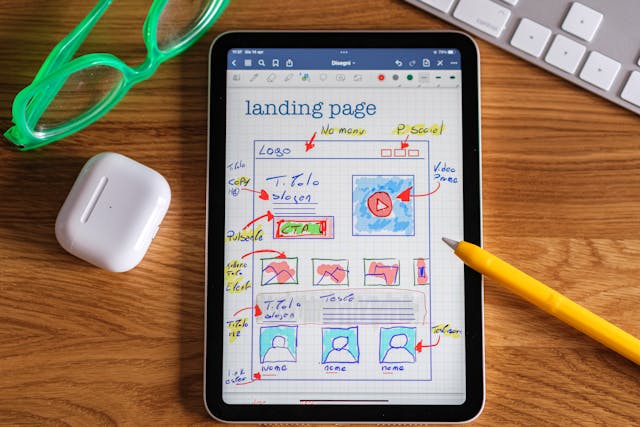
The Birth of the Smartphone
Revolutionizing Communication: The iPhone's Debut
On January 9, 2007, Steve Jobs took the stage at the Macworld Conference in San Francisco and uttered the now-famous words: "An iPod, a phone, and an internet communicator... Are you getting it? These are not three separate devices. This is one device. And we are calling it iPhone."
This moment marked the birth of the modern smartphone era, introducing a device that would fundamentally change how we interact with technology and each other.
Key Innovations:
- - Multi-touch interface: Unlike previous touchscreen devices that required a stylus, the iPhone introduced a capacitive touchscreen that responded to finger touches. This allowed for intuitive gestures like pinch-to-zoom and swipe-to-scroll.
- - Mobile web browsing: The iPhone's Safari browser offered a full web experience, not the watered-down WAP sites common on mobile devices at the time. It rendered pages as they appeared on desktop computers.
- - Visual voicemail: This feature allowed users to see a list of voicemails and choose which to listen to, rather than having to listen to messages sequentially.
- - Integration of phone, iPod, and internet device: By combining these functions into one sleek device, Apple eliminated the need to carry multiple gadgets.
Technical Specifications:
- - 3.5-inch screen with 320x480 pixel resolution
- - 4GB or 8GB storage
- - 2-megapixel camera
- - iPhone OS (later renamed iOS)
The iPhone's impact was immediate and far-reaching. It set new standards for mobile device design and functionality. The introduction of the App Store in 2008 created an entire ecosystem, allowing developers to create applications that expanded the iPhone's capabilities far beyond what Apple had initially envisioned.
This breakthrough sparked a mobile revolution. Competitors rushed to develop their own smartphones, leading to rapid advancements in mobile technology. The rise of smartphones changed how we access information, navigate our world, capture memories, and stay connected with others.
Today, smartphones are an integral part of daily life for billions of people worldwide. They've become our primary computing devices, cameras, navigation systems, and communication tools. The iPhone's debut in 2007 was the catalyst for this transformation, marking it as one of the most significant technological breakthroughs of the 21st century.






(0) Comment